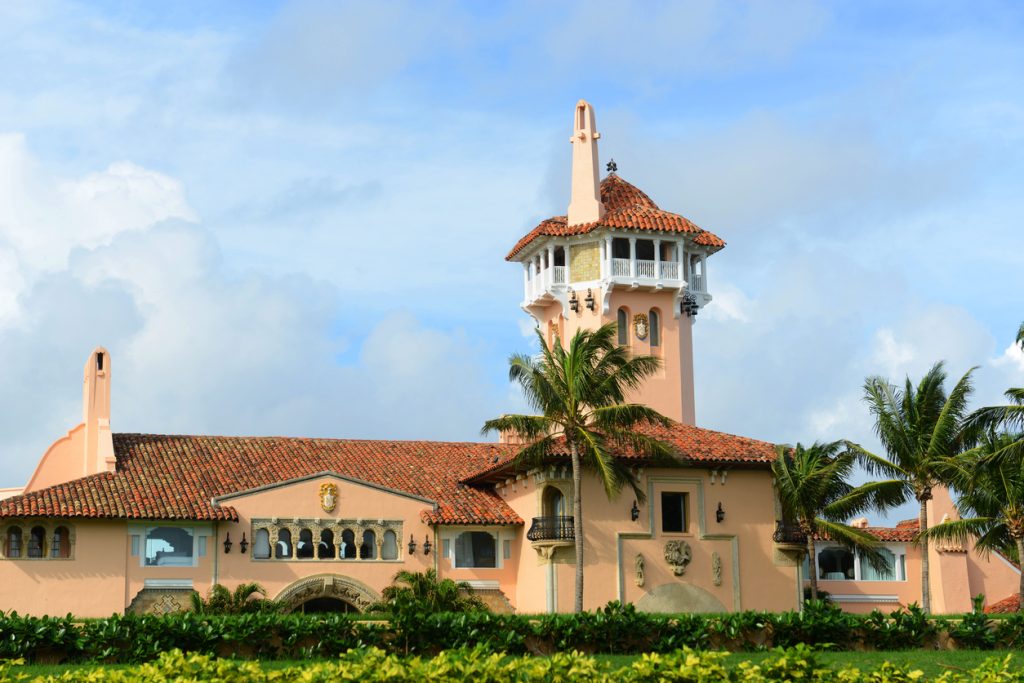Exploring Brazil’s Varied Forms of Governance
Brazil, a land of vibrant cultures, lush rainforests, and diverse landscapes, boasts a complex history of governance that has evolved over centuries. The nation’s forms of government have played a significant role in shaping its identity and destiny. From colonial times to modern democracy, Brazil Forms of Government political journey is a captivating tale of transformation and adaptation.
Contents
Colonial Influences Monarchy and the Imperial Era
During the colonial period, Brazil was under the rule of the Portuguese crown, adopting a monarchical form of governance. This period, known as the Imperial Era, saw Brazil as a part of the vast Portuguese Empire. The governance was characterized by a centralized authority and hierarchical structure. The monarch wielded substantial power, and this system facilitated the exploitation of the country’s resources for the benefit of the empire.
Read Also: Humana Government Business A Leading Healthcare Partner for the Public Sector
The Transition to Republic Birth Pangs of Democracy
The winds of change swept through Brazil in the late 19th century, leading to the transition from a monarchy to a republic. The republican form of governance marked a seismic shift in power dynamics. In 1889, Brazil declared itself a republic, paving the way for a more representative system. However, this transition was not without its challenges. Brazil faced political instability, as different factions vied for control in the new republic.
Brazil Forms of Government Military Dictatorship A Dark Chapter
Brazil experienced a tumultuous period from 1964 to 1985 when it was ruled by a military dictatorship. This authoritarian form of governance curtailed civil liberties and suppressed dissent. The military junta seized power through a coup, leading to an era of censorship and human rights abuses. This phase left an indelible mark on Brazil’s political landscape, shaping the nation’s appetite for democracy and liberty.
Contemporary Democracy A Multifaceted Mosaic
Since the end of the military dictatorship, Brazil has embraced a robust democratic system. The contemporary governance structure is marked by separation of powers, with an executive, legislative, and judicial branch. A federal republic, Brazil comprises 26 states and a Federal District, each with its own governance structures. This decentralized approach ensures diverse representation and local autonomy.
Challenges and Prospects Brazil Forms of Government
Despite its progress, Brazil’s governance journey is not without challenges. Corruption, economic disparities, and environmental concerns remain focal points. As Brazil looks to the future, it faces the task of consolidating its democracy while addressing pressing issues. The country’s rich history of different forms of governance serves as a foundation upon which it can build a more equitable and sustainable future.
Brazil’s forms of government are a reflection of its dynamic history and the evolving aspirations of its people. From the monarchy of the colonial era to the tumultuous days of military rule and the current democratic mosaic, Brazil’s governance has taken varied shapes. Each phase has left an indelible mark, shaping the nation’s identity and trajectory. As Brazil navigates the complexities of the modern world, its governance will continue to adapt, drawing inspiration from its past while embracing the challenges and opportunities of the future.



